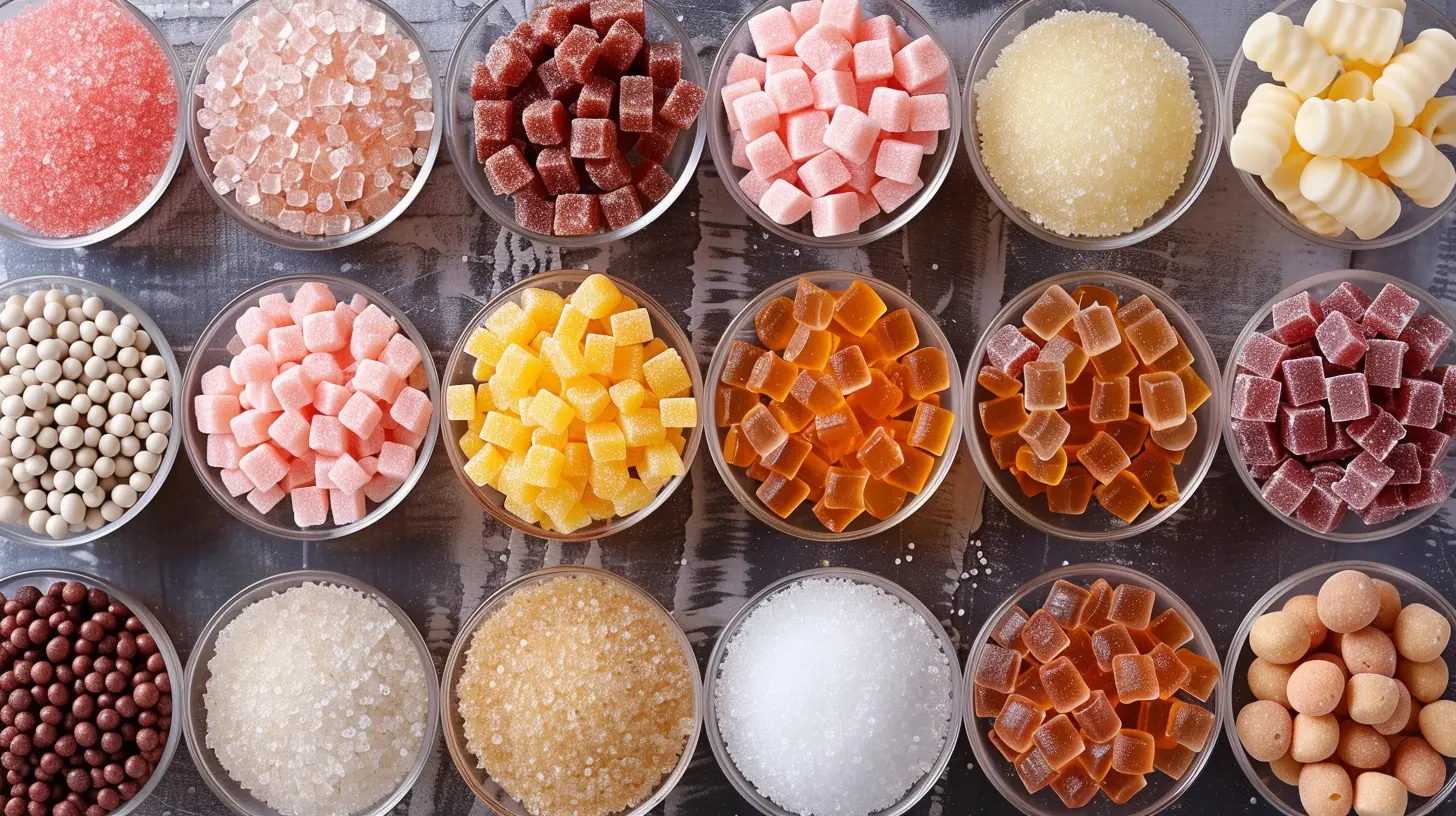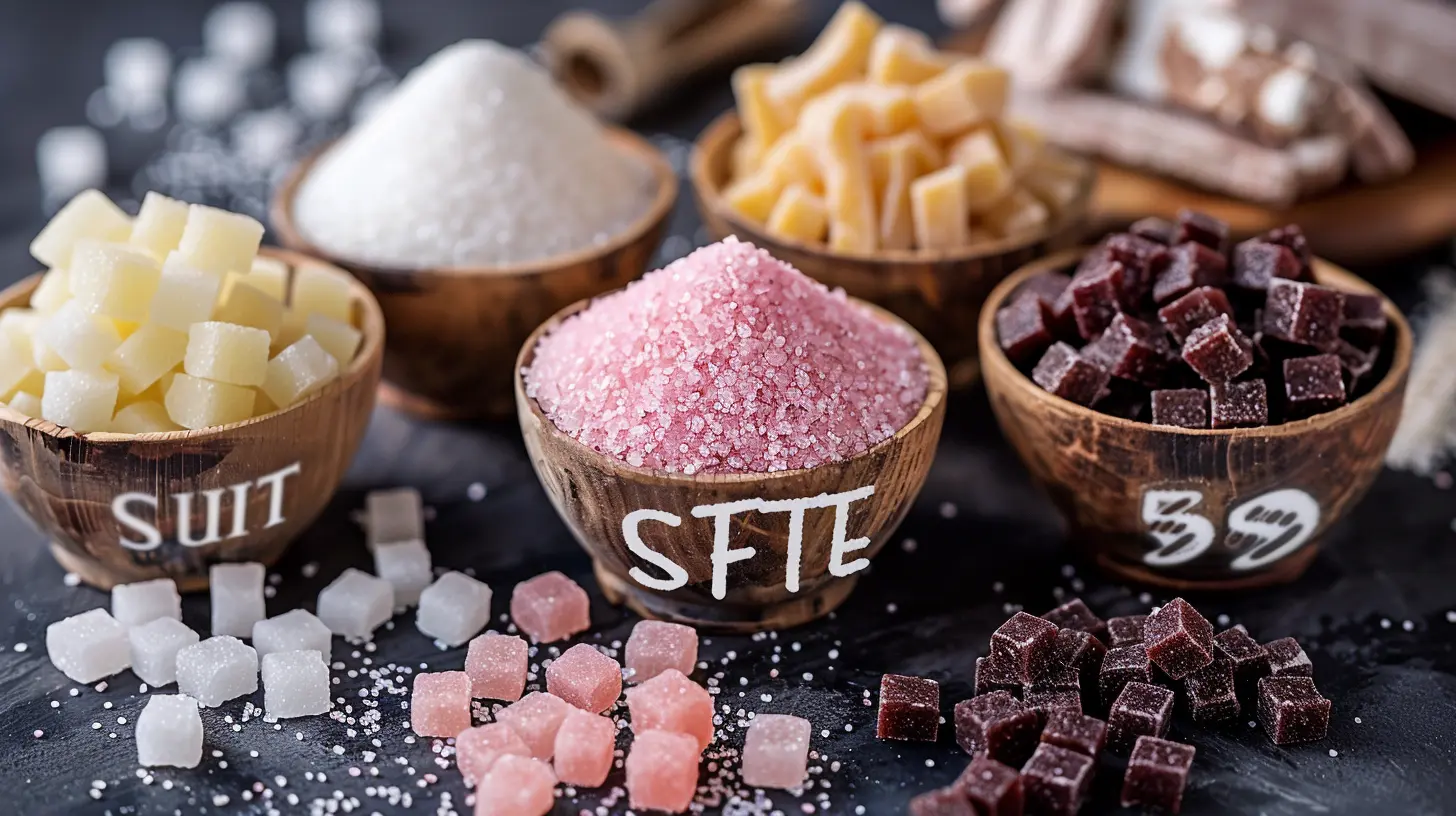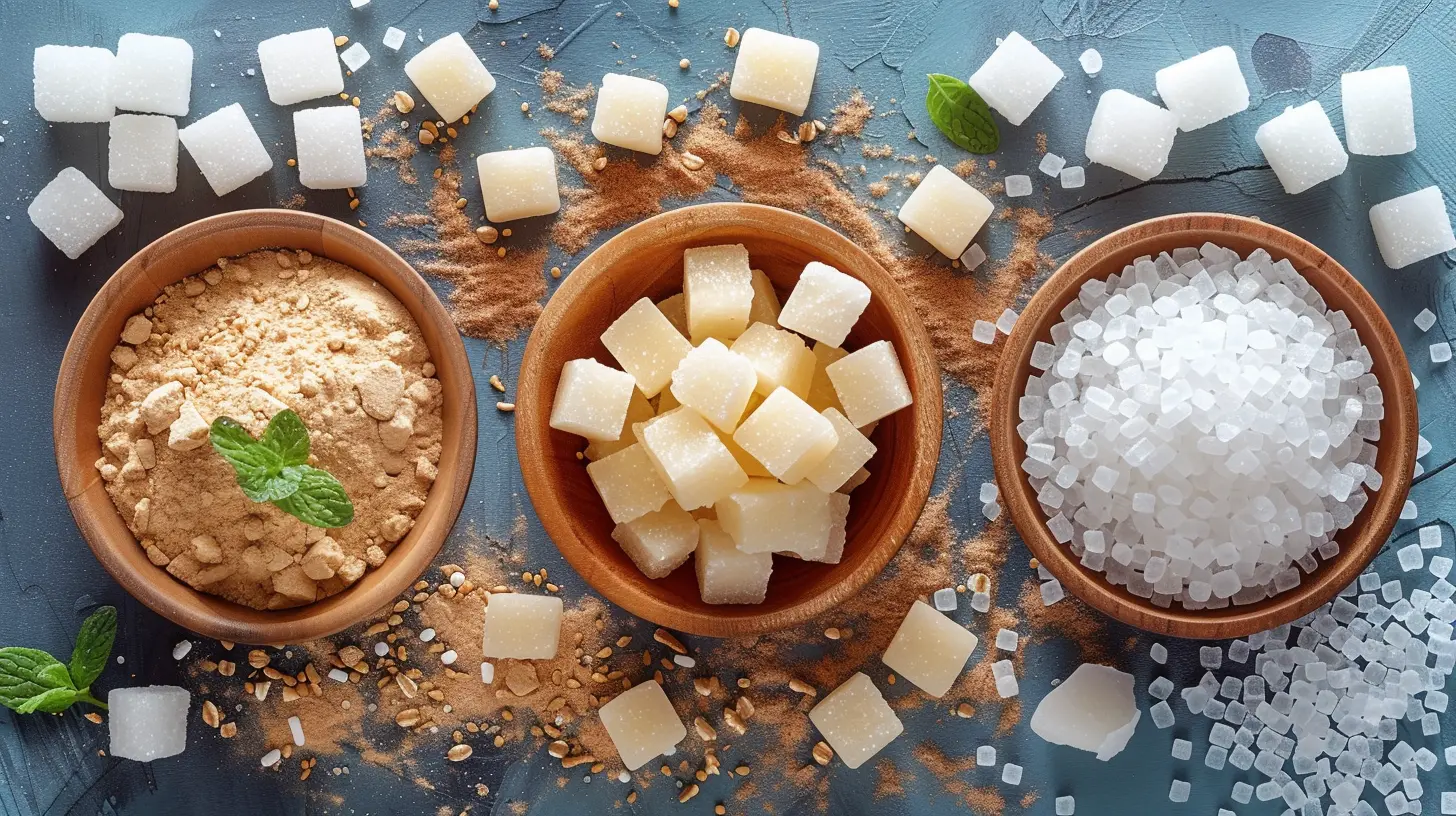Is It Really Sugar-Free? Decoding Food Labels
23 September 2025
Let’s be honest—most of us have been there. You’re standing in the grocery aisle, squinting at the back of a snack bar, asking yourself, “Is this actually sugar-free, or is someone trying to pull a fast one on me?” With so many products loudly boasting “sugar-free,” “no sugar added,” or “zero sugar” across their packaging, it’s hard to know what’s real and what’s, well, just sweet talk.
In this article, we’re diving deep into the world of food labels. We’re cutting through the marketing fluff, debunking the lingo, and giving you the need-to-know scoop so you can make informed decisions. If you’ve ever been misled by sneaky ingredients, buckle up—we’re about to decode sugar-free like a pro.
Why Sugar-Free Products Are So Popular
Before diving into the nitty-gritty, let’s talk about why sugar-free options even exist. Over the last few decades, sugar has become public health enemy #1. With rising obesity rates, diabetes, and heart issues, folks are trying their best to cut back on the sweet stuff. The food industry responded with a tidal wave of “sugar-free” products to meet the demand.But here’s the catch: just because it says “sugar-free” doesn’t always mean it’s healthy—or even entirely free from sugar.
Crazy, right?
What “Sugar-Free” Actually Means
Let’s start with the basics. When a label says “sugar-free,” it doesn’t mean there’s zero trace of sugar in the product. According to the FDA (that’s the Food and Drug Administration for my fellow label watchers), a product can legally be labeled “sugar-free” if it contains less than 0.5 grams of sugars per serving. Yep, less than half a gram.Now, that might not sound like much. But here’s the kicker: if you eat more than one serving (which, let’s be real, most of us do), that sugar can add up.
Also, “sugar-free” only refers to added sugar and natural sugars. But what about sugar alcohols or artificial sweeteners?
Let’s dig a little deeper.
Label Buzzwords: What They Really Mean
Food labels are like that slick-talking friend who always makes things sound better than they really are. Let’s break down the most common sugar-related terms you’ll find in the wild.1. Sugar-Free
As we mentioned, this means less than 0.5g of sugar per serving. Still, it might contain sugar alcohols or artificial sweeteners.2. No Sugar Added
This one’s tricky. It means the manufacturer didn’t add any sugar during the production process. However, the product could still contain naturally occurring sugars (think fruit juices or milk).So that "no sugar added" fruit smoothie? Yeah, it might still be a sugar bomb.
3. Unsweetened
This means no sugar, artificial sweeteners, or sugar alcohols were added at all. It doesn’t guarantee the product is sugar-free—it just means what you see is what you get, sugar-wise.4. Reduced Sugar
This means the product has at least 25% less sugar than the regular version. Lower, yes, but sugar-free? Not even close.
What’s Hiding Behind Those Labels?
Now, this is where it gets juicy (pun definitely intended). Manufacturers often rely on sneaky tactics to keep products tasting sweet without technically using “sugar.”1. Sugar Alcohols
Ever seen names like sorbitol, erythritol, or xylitol on an ingredient list? These are sugar alcohols, and they’re often used in sugar-free gum, candies, and “keto-friendly” treats. They’ve got fewer calories than sugar and don’t spike blood sugar as quickly, but some can cause bloating or digestive issues when eaten in large amounts.Ever experienced a sudden tummy rumble after eating too many “sugar-free” gummies? Yep—blame sugar alcohols.
2. Artificial Sweeteners
Names like aspartame, sucralose (Splenda), and saccharin come into play here. They’re calorie-free and intensely sweet—sometimes hundreds of times sweeter than sugar. But not everyone’s a fan. Some people report weird aftertastes or even headaches.Plus, the jury’s still out on the long-term health effects of some artificial sweeteners. Moderation is key.
3. Natural Sweeteners
Think stevia and monk fruit. These are often considered more “natural” alternatives to their artificial cousins. They’re plant-based, calorie-free, and don’t mess with blood sugar as much.Sounds like a win, right? Well, kind of. The issue is, products containing these can still be ultra-processed or loaded with other questionable ingredients.
The Sneaky Sugars: Over 50 Names for the Same Thing
Here’s where food companies really pull a fast one—they use different names for sugar so it doesn’t look like sugar.Here are just a few:
- High-fructose corn syrup
- Cane juice
- Maltose
- Dextrose
- Sucrose
- Agave nectar
- Fruit juice concentrate
- Molasses
- Barley malt
- Evaporated cane syrup
Fun fact? There are over 50 alternative names for sugar. It's like a secret club with a password—and you're not on the guest list.
So even if the packaging says “no sugar,” always skim the ingredient list. If something sweet is lurking around, you’ll spot it—if you know what to look for.
Decoding the Nutrition Label Like a Pro
Okay, real talk: nutrition labels can look overwhelming. But once you know what to watch for, it’s not that bad. Here’s a step-by-step guide:Step 1: Check the Serving Size
First things first—look at the serving size. If the container says it has “0g sugar per serving” but a serving is just one tiny cookie, and you eat five? That’s not sugar-free anymore.Step 2: Total Sugars
This line includes both natural and added sugars. If it’s above 0g, your product contains at least some sugar—whether natural or added.Step 3: Added Sugars
This will tell you how much sugar was added during processing. A label that says “0g added sugars” is usually a better choice.Step 4: Ingredients List
The earlier an ingredient appears on the list, the more of it there is. Spotting sugar (or one of its aliases) near the top? That’s a red flag.Is Sugar-Free Always the Healthier Option?
Here’s where things get a little spicy. Just because something is sugar-free doesn’t mean it's healthy. A sugar-free cookie is still a cookie. It might be lower in sugar, sure—but it can still be packed with processed flour, unhealthy fats, and preservatives.In some cases, sugar-free alternatives actually trigger more cravings. Ever found yourself inhaling an entire box of “low carb” cookies because they were “healthy”? Been there, done that.
Sometimes, whole, naturally sweet foods—like fruit—are a better choice than heavily processed sugar-free snacks. They come with fiber, vitamins, and antioxidants. A win-win, right?
Tips for Smarter Shopping
Ready to shop like a label-reading ninja? Here are a few quick tips to help you decode sugar content like a boss:- Stick to whole foods: The fewer ingredients, the better.
- Scan the ingredient list: Look for sneaky sugar names and see how high up they are.
- Watch the serving sizes: Don’t be fooled by misleading servings.
- Don’t rely on front-of-package claims: Flip that box over and look at the facts.
- Prioritize fiber and protein: These help regulate blood sugar and keep you satisfied.
Final Thoughts: You’re Smarter Than a Label
So, is it really sugar-free? The answer: sometimes yes, but often… not quite.Food labels can be confusing, no doubt. But with a little bit of knowledge (and your trusty label-decoding skills), you can make smarter choices without falling for marketing gimmicks. Remember, it’s all about balance. Sugar-free treats have their place, but they’re no magic bullet.
Next time you're holding a box labeled "sugar-free," think of it like a dating profile. Just because it says all the right things doesn’t mean it’s telling the full story. Peel back the layers, read between the lines, and trust your gut—literally and figuratively.
Here’s to shopping smarter, eating better, and staying sweet on your own terms.
all images in this post were generated using AI tools
Category:
Sugar FreeAuthor:

Arthur McKeever
Discussion
rate this article
1 comments
Dixie McGee
Great article! Understanding food labels is crucial for making informed choices about our health. Keep exploring and questioning what’s in our food – knowledge is power on the journey to wellness!
September 25, 2025 at 4:43 AM

Arthur McKeever
Thank you for your feedback! I completely agree—knowledge about food labels is key to making healthier choices. Let’s continue to empower ourselves through education!


